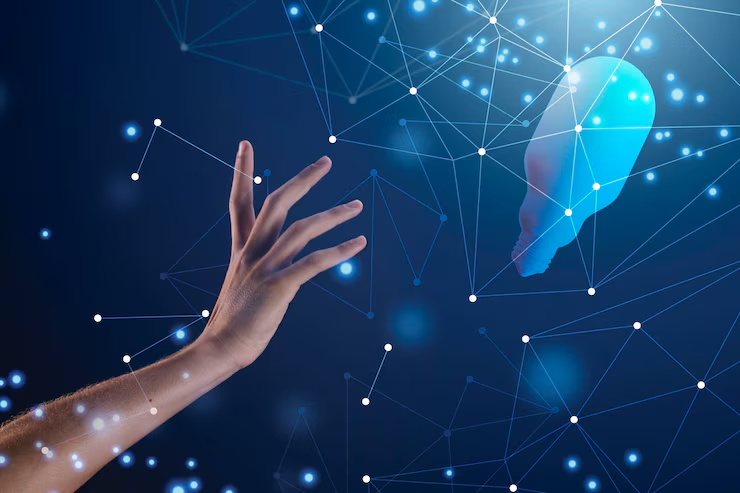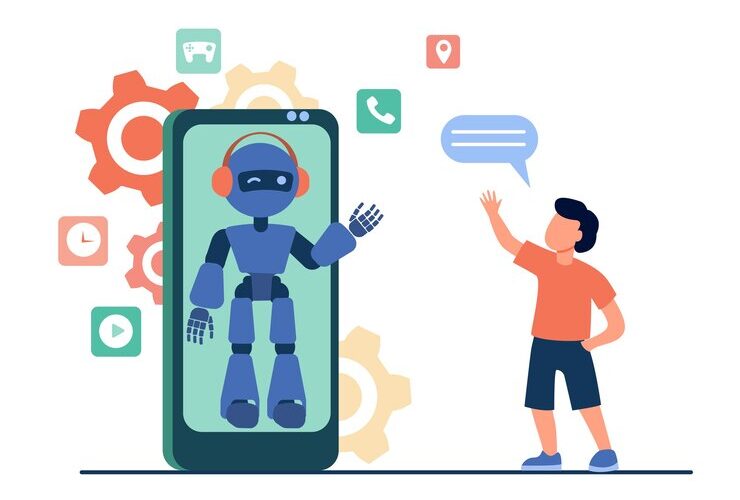Machine Learning vs. Deep Learning: What’s the Difference?
Machine Learning (ML) and Deep Learning (DL) are two powerful subsets of Artificial Intelligence (AI) that have been gaining significant attention in recent years. While both technologies enable computers to learn from data, they differ in their complexity, capabilities, and applications. Understanding the differences between ML and DL is essential for businesses and individuals interested in AI.
- What is Machine Learning?
Machine Learning is a branch of AI that focuses on developing algorithms that allow computers to learn from data without being explicitly programmed. In ML, models are trained using input data, and the system “learns” by recognizing patterns and making predictions or decisions based on that data. There are three main types of ML: supervised learning, unsupervised learning, and reinforcement learning.
- Supervised Learning involves training a model with labeled data (data that includes both input and output), allowing the algorithm to learn the relationship between inputs and outputs.
- Unsupervised Learning uses unlabeled data and aims to find hidden patterns or relationships within the data.
- Reinforcement Learning involves training models through trial and error, where the algorithm is rewarded or penalized based on its actions.
Machine learning algorithms are widely used in applications like recommendation systems (e.g., Netflix or Amazon), fraud detection, and predictive analytics.
- What is Deep Learning?
Deep Learning, a subset of Machine Learning, involves the use of artificial neural networks to simulate the way the human brain processes information. These neural networks consist of multiple layers (hence the term “deep”) that allow deep learning models to automatically extract high-level features from raw data. Deep learning is especially powerful for tasks like image recognition, speech recognition, and natural language processing, where traditional ML techniques might struggle.
The key difference between ML and DL is that deep learning requires large amounts of data and computational power to train the models. Deep learning models can learn complex patterns and features from data without requiring human intervention, making them highly effective for more sophisticated applications such as autonomous driving, medical image analysis, and virtual assistants.
- Key Differences Between Machine Learning and Deep Learning
- Data Requirements: Machine learning models can often work well with smaller datasets, whereas deep learning requires vast amounts of labeled data to perform well.
- Computational Power: Deep learning models require significantly more computational resources (e.g., GPUs) to train, while machine learning models are less resource-intensive.
- Interpretability: Machine learning models are generally easier to interpret and understand, whereas deep learning models, particularly neural networks, are often considered “black boxes,” making them harder to explain or debug.
- Complexity: Deep learning models are typically more complex than traditional ML models and can learn from raw data without the need for feature engineering, whereas ML requires manual feature selection and engineering.
- Applications of Machine Learning and Deep Learning
Machine learning is commonly used in tasks like spam filtering, customer segmentation, and predictive maintenance. On the other hand, deep learning is used for more complex tasks such as facial recognition, language translation, and real-time speech recognition.
In conclusion, while both Machine Learning and Deep Learning are powerful tools in the AI landscape, they differ in terms of complexity, data requirements, and applications. Machine Learning is ideal for simpler, smaller-scale tasks, while Deep Learning excels at complex, high-dimensional problems that require massive amounts of data and computational resources.




